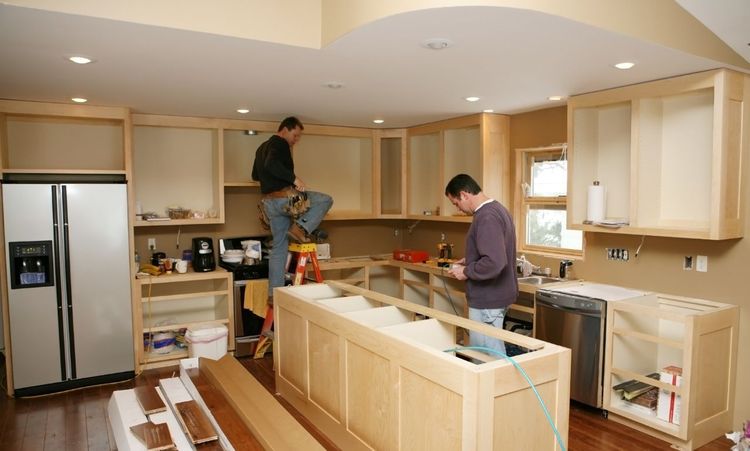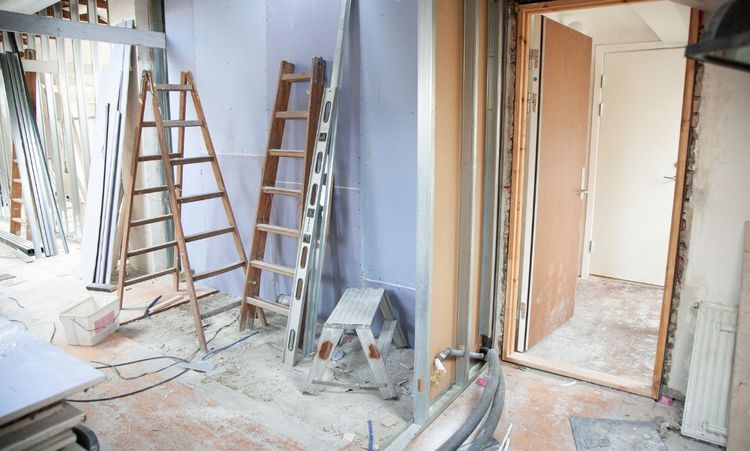What are the Best Products to Buy For a Kitchen Remodel in 2025?
Remodeling a kitchen in 2025 means blending style, function, and sustainability. In this article, we explore top products—from eco-friendly materials to high-tech faucets—and explain how each choice elevates daily life. You’ll find mid-range appliances that pack performance without breaking the bank, innovative lighting solutions that transform ambiance, and clever ergonomics to keep your cooking flow smooth. We’ll even highlight integrated coffee systems and indoor herb gardens that bring convenience and green living under one roof. Ready to design a kitchen that fits your lifestyle and the planet? Let’s dive in.
Product Categories
Sustainable Materials
Choosing sustainable materials isn’t just a trend—it’s a responsibility. Today’s eco-conscious homeowners demand surfaces that minimize environmental impact without sacrificing beauty.
Reclaimed Wood Cabinetry
Reclaimed wood offers warm tones and distinct grain patterns you won’t find in new lumber. Each plank carries a unique story—whether it’s barn timber or salvaged beams from historic homes. Beyond aesthetics, reclaimed wood helps reduce deforestation and divert waste from landfills.
Recycled Glass Countertops
Recycled glass countertops combine durability with a touch of sparkle. They’re made by embedding crushed glass—often sourced from bottles or windows—into concrete or resin. This material resists stains and scratches, and its superb, glossy finish brightens any kitchen palette.
Low-VOC Paints and Finishes
Walls, cabinets, and trim all benefit from low-VOC (volatile organic compound) paints. These formulations release fewer harmful chemicals, thereby improving indoor air quality—which is especially important in high-traffic cooking spaces. Brands like Sherwin-Williams’ Harmony or Benjamin Moore’s Natura deliver rich colors without the chemical sting.
Mid-Range Appliance Options
You don’t need luxury-brand price tags to get reliable performance—and in 2025, many mid-range lines blur the gap between value and high end. In tests conducted by Consumer Reports, models from KitchenAid and Bosch consistently score above average for both durability and energy efficiency. Their dishwashers boast leak-proof designs and quiet motors, while ranges feature convection ovens that bake evenly and precisely.
Energy Star certification is standard in this tier, so you’ll save on utility bills over time. Look for built-in smart connectivity—Wi-Fi-enabled ovens and refrigerators that send alerts when the door is ajar or preheat automatically to fit your morning routine.
Choosing the Right Flooring
Kitchen floors take a beating from spills, dropped utensils, and frequent foot traffic. In 2025, several flooring materials stand out for resilience and style.
Porcelain tile remains a top choice, as it mimics the appearance of natural stone or wood while resisting moisture and stains. Luxury vinyl planks (LVP) offer a realistic wood grain, underfoot warmth, and water resistance at a fraction of the cost of hardwood flooring. Engineered hardwood, featuring a protective top layer, offers authentic wood visuals and can better withstand minor humidity fluctuations compared to solid hardwood.
Pro Tip: Opt for larger-format tiles or wider planks to minimize grout lines and create the illusion of expanded space—especially helpful in smaller kitchens.
Innovations in Lighting
Effective lighting layers ambient, task, and accent sources to create a versatile space. In 2025, bright LEDs and tunable white fixtures allow you to adjust the color temperature from a warm morning glow to a daylight-bright prep light.
Under-cabinet LED strips with motion sensors illuminate countertops only when you’re working, saving energy. Pendant lamps with integrated voice control link to your home assistant, allowing you to dim or change hues hands-free. Statement chandeliers in brushed brass or matte black add personality over kitchen islands and dining nooks.
Efficient Ventilation
A good range hood clears steam, smoke, and cooking odors, but modern designs also prioritize quiet performance and sleek aesthetics. Look for hoods with 600–900 CFM (cubic feet per minute) to handle high-BTU cooktops.
Downdraft ventilators now pack enough power to rival wall-mounted hoods, ideal for seamless open-plan layouts. Some models integrate charcoal filters that capture grease and odors even when venting recirculates air—perfect for homes without external ductwork.
High-Tech Faucets
Faucets are no longer just water dispensers. In 2025, touchless and voice-activated faucets will help reduce the spread of germs and add convenience. Brands like Delta’s VoiceIQ or Moen’s U by Moen respond to commands (“Pour me two cups of water”) or allow hands-free control with a simple wave of the hand.
Pull-down faucets with dual-spray technology allow you to switch between an aerated stream and a powerful rinse, while integrated water filtration systems remove contaminants directly at the tap. Many faucets now come with docking sensors to ensure the spray head snaps back flush—no drooping hoses.
Integrated Coffee Systems
For caffeine lovers, built-in coffee systems bring barista-level brews to your countertop. These units often fit within standard cabinet cutouts, allowing you to brew espresso, cappuccino, or drip coffee with the press of a button.
Leading models by Miele and Bosch offer customizable strength settings, milk-frothing attachments, and self-cleaning cycles. They integrate seamlessly with smart home controls, so your morning cup is ready as soon as your alarm goes off.
Ergonomics in the Kitchen
Designing for ergonomics means reducing strain and improving workflow. Adjustable height islands cater to cooks of all statures: raise the surface for standing prep or lower it for seated tasks like rolling dough.
Pull-out shelves in lower cabinets eliminate bending—slide drawers forward to access pots and pans. Deep drawers replace awkward corner cabinets, using rotating carousels to keep everything within easy reach.
Multi-Functional Islands
Kitchen islands have evolved into multi-purpose hubs. In addition to prep space, islands now often include built-in dishwashers, under-counter refrigerators, and extra power outlets for appliances such as blenders or laptops.
Some designs feature pop-up sockets that disappear flush with the countertop when not in use, preserving a clean look. Integrated seating—with banquette-style benches—turns islands into casual dining spots, perfect for quick breakfasts or homework sessions.
Incorporating Indoor Herb Gardens
Fresh herbs boost flavor and aesthetics, so kitchen designers are creating ready-made indoor gardens. Countertop planters with self-watering reservoirs keep basil, parsley, and cilantro thriving.
LED grow lights, tuned to plant-friendly spectra, ensure year-round growth, even in low-light conditions. Vertical wall-mounted garden panels bring greenery to eye level, acting as a living art that’s also functional.
Handles and Knobs
Hardware may seem minor, but it’s the jewelry of your cabinets. In 2025, matte black and brushed brass finishes dominate, adding contrast against wood grain or white lacquer.
Slim bar pulls create a clean, modern vibe, while geometric knobs—like hexagons or teardrops—introduce subtle architectural interest. Soft-closing drawer slides and cabinet hinges complete the upgrade, eliminating slams and extending hardware life.
Conclusion
A well-planned kitchen remodel brings together sustainable materials, innovative technology, and thoughtful design. By choosing eco-friendly surfaces, mid-range appliances, and adaptable layouts, you’ll create a space that feels fresh and future-ready. Integrate high-tech faucets, efficient ventilation, and adjustable ergonomics to make daily tasks easier and more comfortable. Don’t forget the small details—hardware finishes and indoor gardens add personality that reflects your style. With this guide to the best products for a 2025 kitchen remodel, you’re equipped to build a kitchen that’s beautiful, functional, and kind to the planet.




